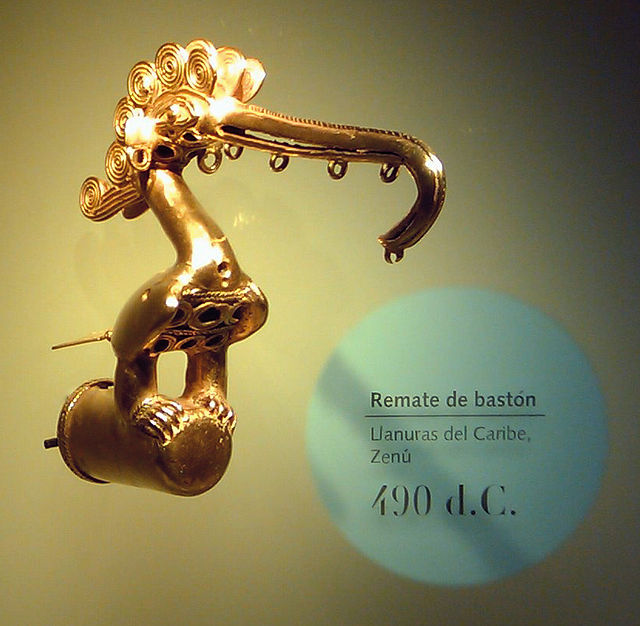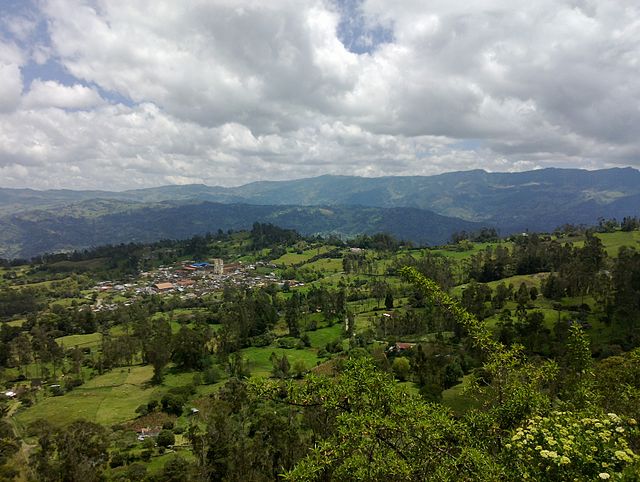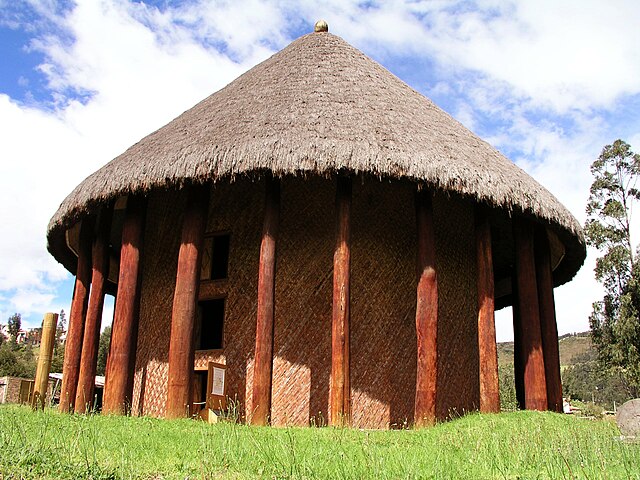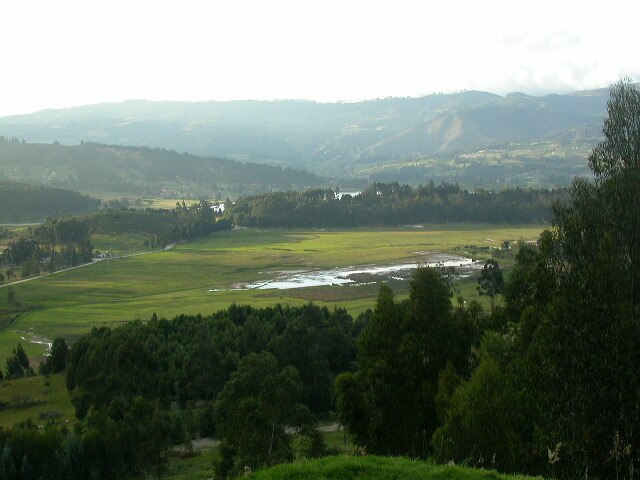The history of Colombia includes its settlement by indigenous peoples
and the establishment of agrarian societies, notably the Muisca Confederation, Quimbaya Civilization, and Tairona Chiefdoms. The Spanish arrived in 1499 and initiated a period of annexation and colonization, ultimately creating the Viceroyalty of New Granada, with its capital at Bogotá. Independence from Spain was won in 1819, but by 1830 the resulting "Gran Colombia" Federation was dissolved. What is now Colombia and Panama emerged as the Republic of New Granada. The new nation experimented with federalism as the Granadine Confederation (1858) and then the United States of Colombia (1863) before the Republic of Colombia was finally declared in 1886. A period of constant political violence ensued, and Panama seceded in 1903. Since the 1960s, the country has suffered from an asymmetric low-intensity armed conflict which escalated in the 1990s but decreased from 2005 onward. The legacy of Colombia's history has resulted in a rich cultural heritage,
and Colombia's geographic and climatic variations have contributed to the development of strong regional identities.
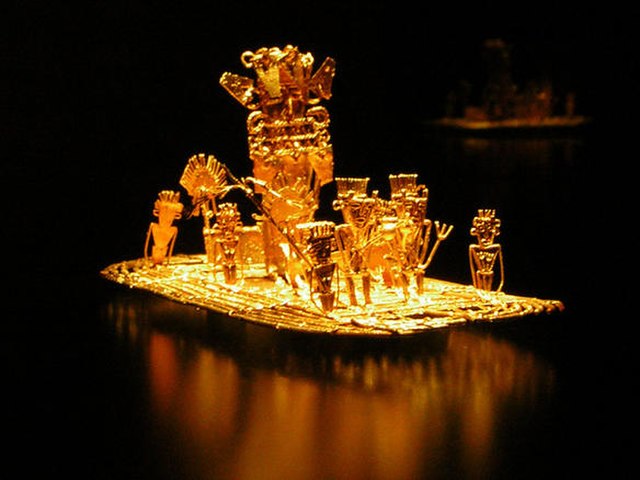
The zipa used to cover his body in gold and. from his Muisca raft. he offered treasures to the Guatavita goddess in the middle of the sacred lake. This old Muisca tradition became the origin of the El Dorado legend.
A lowland Zenú cast-gold bird ornament that served as a staff head. dated 490 CE. This culture used alloys with a high gold content. The crest of the bird consists of the typical Zenú semi-filigree. Regular filigree is braided wire. but the Zenú cast theirs.
Tairona figure pendants in gold.
Golden statuette of a Quimbaya cacique.
The Muisca Confederation was a loose confederation of different Muisca rulers in the central Andean highlands of what is today Colombia before the Spanish conquest of northern South America. The area, presently called Altiplano Cundiboyacense, comprised the current departments of Boyacá, Cundinamarca and minor parts of Santander.
Landscape of Chipazaque
The Muisca were bordered to the west by the Emerald People
The Sun Temple was the seat of the iraca
The area around Tundama was filled with small lakes of which some bloody evidences remain


